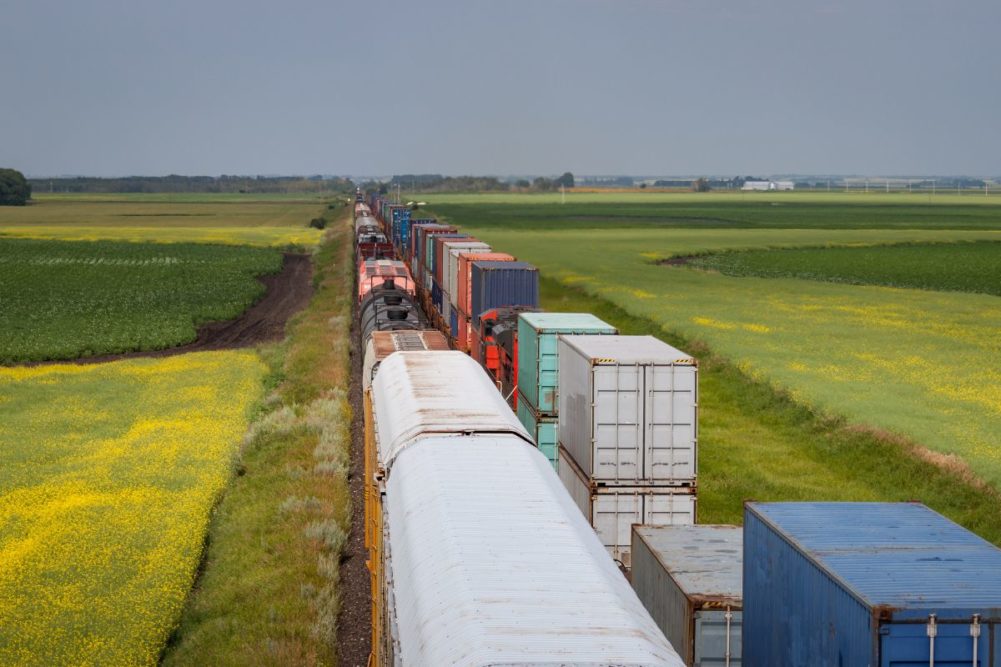ARLINGTON, VIRGINIA, US — Legislation that would better define Class I railroads’ common carrier obligations with clear oversight rules has been introduced in the US Senate, drawing support from the National Grain and Feed Association (NGFA), which noted it would help regulators respond to service disruptions.
The Staggers Act of 1980 required rail carriers to serve the wider shipping public “on reasonable request,” a principle known as the common carrier obligation. However, more than 40 years later, the common carrier obligation remains poorly defined with no established criteria, the NGFA said.
The Reliable Rail Service Act introduced by Senators Tammy Baldwin and Roger Marshall statutorily clarifies the common carrier obligation and establishes specific criteria for the Surface Transportation Board (STB) to consider when determining whether a railroad is meeting this obligation to provide rail service.
If the STB determined a carrier was not meeting its common carrier obligation, the bill would empower the STB to prescribe service standards consistent with the needs of the shipper making the request.
“Clarification of the common carrier obligation has been needed for decades and this bipartisan bill provides STB with clear oversight rules to help address our nation’s freight railroad supply chain challenges and improve rail service for agricultural shippers,” said Mike Seyfert, president and chief executive officer of the NGFA. “NGFA members appreciate the leadership of Senators Baldwin and Marshall in responding to rail service issues and cosponsoring this legislation, which will help regulators respond to service disruptions that cause hardship for livestock producers, grain exporters, and grain processing facilities.”
All US railroads are regulated by the STB, which oversees rail mergers, rates, service and more. The North American freight rail network is operated by six Class I railroads: BNSF, Canadian National, Canadian Pacific Kansas City, CSX Transportation, Norfolk Southern Corp. and Union Pacific. Class I railroads account for about 68% of freight rail mileage, 88% of employees and 94% of revenue, according to the Association of American Railroads and in 2022 moved 1.5 million carloads of grain.






